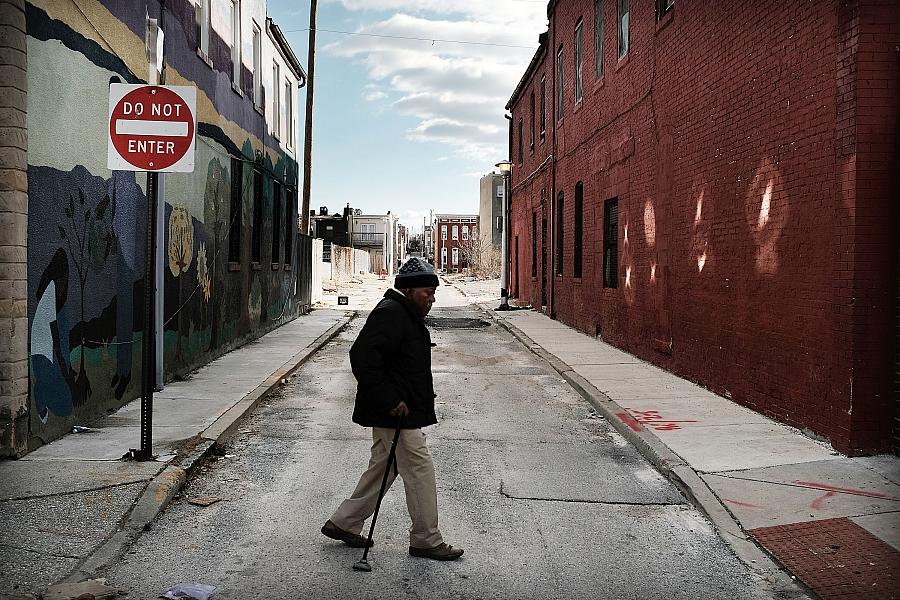Latest county health rankings offer bevy of health story ideas for reporters

The report delves into some of the root causes of these health disparities, such as housing segregation.
From low birthweight babies to air quality, the 2018 County Health Rankings offer a wealth of story ideas on what influences a community’s health.
While evaluating more than 30 contributing factors, this year’s report from the Robert Wood Johnson Foundation (RWJF) and the University of Wisconsin’s Population Health Institute, focuses on the “alarming” racial and ethnic disparities that exist within communities.
For example, the percentage of babies born at low birthrate throughout the United States rose to 8.2 percent in 2016, a 2 percent increase from 2014. But health gaps exist within those figures. In all states, for example, “there is a higher percentage of black low birthweight babies than for other racial groups,” the report found. And the rates of child poverty “have been slow to rebound in rural counties and in those with a greater share of people of color.”
The report delves into some of the root causes of these disparities, and the policies that can put people at a disadvantage from the start — such as residential segregation and inadequate access to quality health care.
The report is a handy starting point for health journalists interested in spotlighting urgent health trends in their region.
“If you’re a journalist or interested user, it’s like archeology,” said Joe Marx, director of program communications for RWJF. “You can look at the data and then continue to dig. What is the narrative here? What are the polices and solutions?”
Story leads in county rankings
The popular county health rankings are a great place for journalists to evaluate their communities and generate story ideas, Marx said. Filters can highlight significant findings and trend lines give a broader look.
For example, in Snohomish County, where I live, it was interesting to note the ratio of primary care providers to population is much worse than the state of Washington overall. I was also surprised to see the air quality was worse here than the state overall, and wondered what factors contribute to that. There very well could be a story there.
The county’s ranking “gets everyone’s attention because it’s competitive,” he said. “How do we compare to our neighbors and how are we doing?”
The various factors – from education levels to commute times — that shape a county’s overall health aren’t always seen as health issues, he said.
“It gets people to focus on the real drivers of health and wellbeing,” he said. “It’s what journalists are already doing but it doesn’t mean the rest of your audience is there yet.”
While the county can be a big geographic space, journalists can use the individual measures to explore disparities that might exist within that larger region, he said. (It’s worth noting, too, that the Robert Wood Johnson Foundation and the CDC put out the 500 Cities Project, which provides city and census-tract level estimates for some health measures.)
Putting the rankings in context
Marx urged reporters not to stop at the rankings because the data alone doesn’t tell the whole story. To help reporters elevate pieces beyond numbers, the site also describes policies and evidence-based ways to address health challenges.
The What Works for Health tool can help reporters spotlight potential “solutions” strategies by topic. For example, if a community has a low air and water quality ranking, there are 18 approaches can address this — from carpool and ride share programs to alternative fuel initiatives.
“That’s where it gets really interesting,” Marx said. “You’re getting to the root of solutions.”
Even amid all those resources, though, there are still gaps in solutions, especially when it comes to racial and ethnic disparities, said Marjory Givens, an associate scientist at the UW Population Health Institute.
“There’s a dearth of evidence out there: how do we create health equity?” she said.
Getting into the community
That’s why it’s extremely important for experts and reporters alike to go out into the communities, learn about innovative practices, and share those stories, Givens said.
The best reporting goes beyond broadcasting a community’s ranking and explores the specific circumstances influencing those figures, Givens said.
When reporting on these trends, Marx urged reporters not to stop with the usual suspects. Instead of just interviewing the public health director or hospital CEO, ask what other agencies and organizations they work with. Even better: Ask with whom they’d like to work to address health issues in their community.
Often, the best solutions come from the people most affected.
“Keep opening the box on this,” Marx said. “It’s really important to keep asking questions. We’re strong believers that the solutions are pretty apparent to the people affected. Talk to them. Journalists can help give them a voice.”
[Photo by Spencer Platt/Getty Images]

